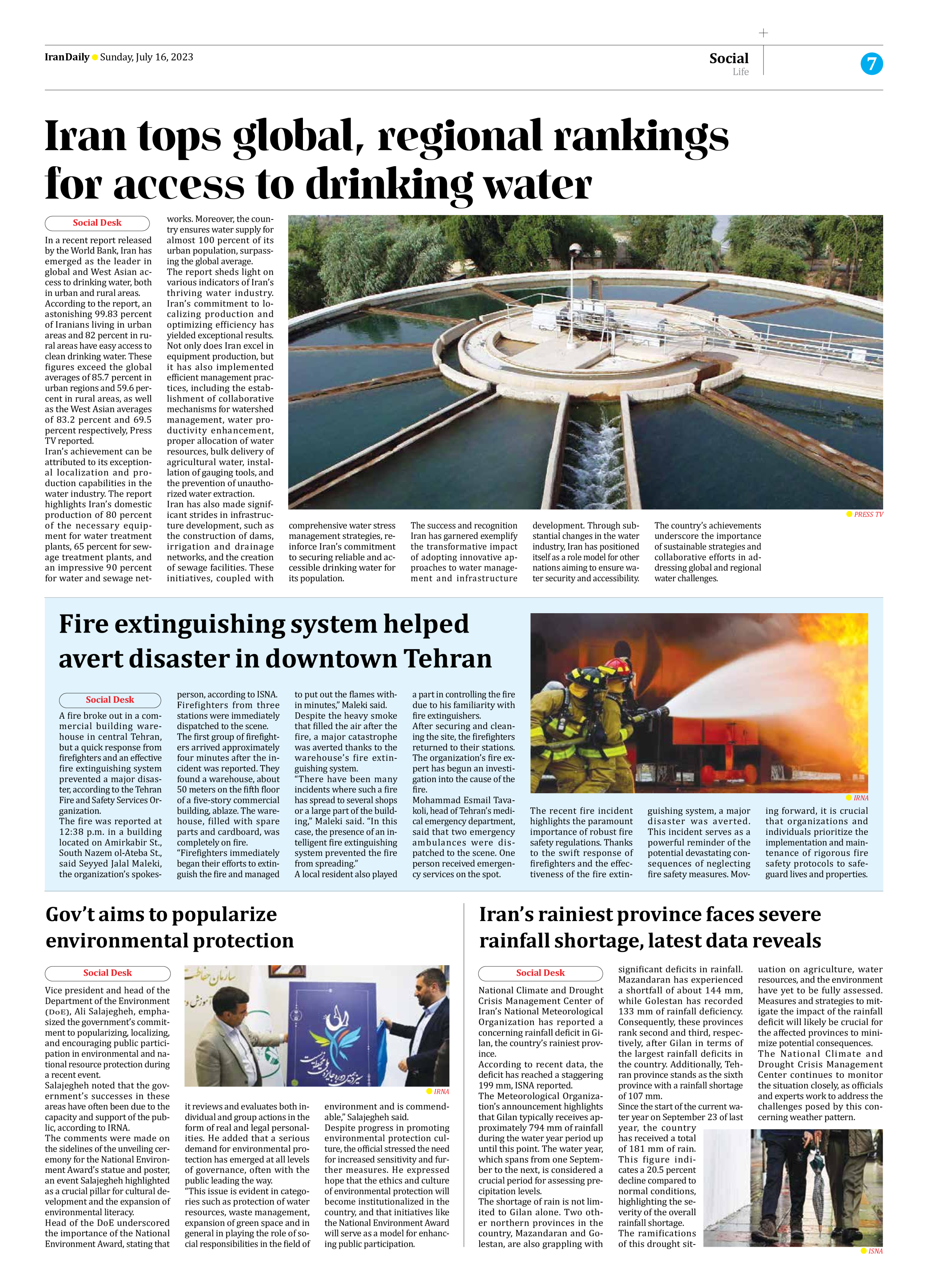
Iran’s rainiest province faces severe rainfall shortage, latest data reveals
National Climate and Drought Crisis Management Center of Iran’s National Meteorological Organization has reported a concerning rainfall deficit in Gilan, the country’s rainiest province.
According to recent data, the deficit has reached a staggering 199 mm, ISNA reported.
The Meteorological Organization’s announcement highlights that Gilan typically receives approximately 794 mm of rainfall during the water year period up until this point. The water year, which spans from one September to the next, is considered a crucial period for assessing precipitation levels.
The shortage of rain is not limited to Gilan alone. Two other northern provinces in the country, Mazandaran and Golestan, are also grappling with significant deficits in rainfall. Mazandaran has experienced a shortfall of about 144 mm, while Golestan has recorded 133 mm of rainfall deficiency. Consequently, these provinces rank second and third, respectively, after Gilan in terms of the largest rainfall deficits in the country. Additionally, Tehran province stands as the sixth province with a rainfall shortage of 107 mm.
Since the start of the current water year on September 23 of last year, the country has received a total of 181 mm of rain. This figure indicates a 20.5 percent decline compared to normal conditions, highlighting the severity of the overall rainfall shortage.
The ramifications of this drought situation on agriculture, water resources, and the environment have yet to be fully assessed. Measures and strategies to mitigate the impact of the rainfall deficit will likely be crucial for the affected provinces to minimize potential consequences.
The National Climate and Drought Crisis Management Center continues to monitor the situation closely, as officials and experts work to address the challenges posed by this concerning weather pattern.







